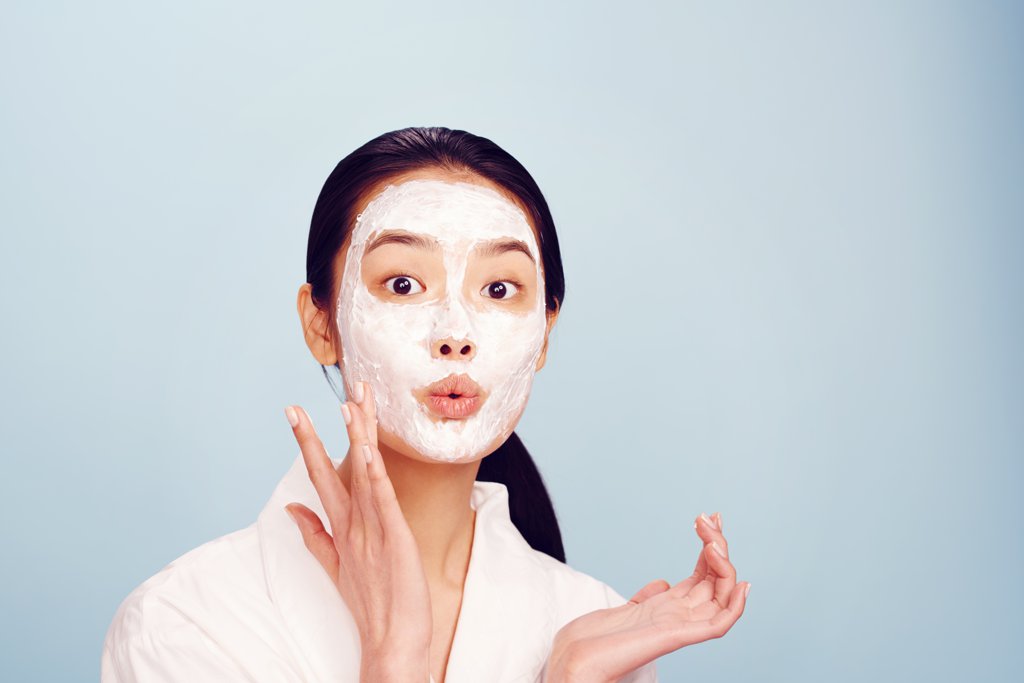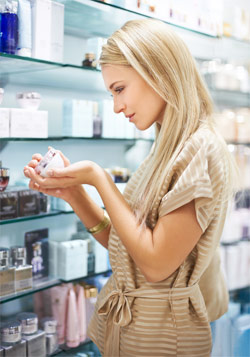The world of cosmetics is constantly evolving. New and highly effective creams and lotions are being developed to ensure skin elasticity and a glowing youthful look. The long-term impact of personal-care creations aren’t always fully understood until years after they go to market. Doctors and scientists are discovering that despite their popularity and “healthy” image, they may not be so good for us, or for the planet.

Here are some important points to keep in mind with regard to reading skin care labels:
- Lots of ingredients in and of themselves don’t make a product better.
- Fewer ingredients in and of themselves don’t make a product better.
- an unpronounceable ingredient doesn’t make it bad.
- more expensive products aren’t necessarily better than less expensive products.
- knowledge is power and reading labels is key to choosing products!3
Ingredients you need to Watch
- Triclosan & triclocarban: Antibacterial liquid hand and body soaps often contain an ingredient called triclosan, which has been linked to antibiotic resistance and hormone disruption. Triclosan has been associated with lower levels of thyroid hormone and testosterone, which could result in altered behavior, learning disabilities, or infertility. Triclocarban has been shown to artificially amplify the effects of sex hormones such as estrogen and testosterone, which could promote the growth of breast and prostate cancer. One study of nursing mothers found higher levels of triclosan in blood and breast milk of women who used personal care products containing triclosan.

- DMDM hydantoin: It is a preservative and is derived from methanol. It can result in itching, burning, scaling, hives, and blistering of skin as a result of an immune system response. Further, it caused cancer when injected into rats. According to RealSelf.com, it is primarily found in shampoo, conditioner, make up bases and foundations.
- Potassium hydroxide: which is caustic potash. Being extremely corrosive, it can cause skin rash and burning and can destroy fingernails in concentrations greater than five percent.
Prefer opting for natural substances from mother earth.